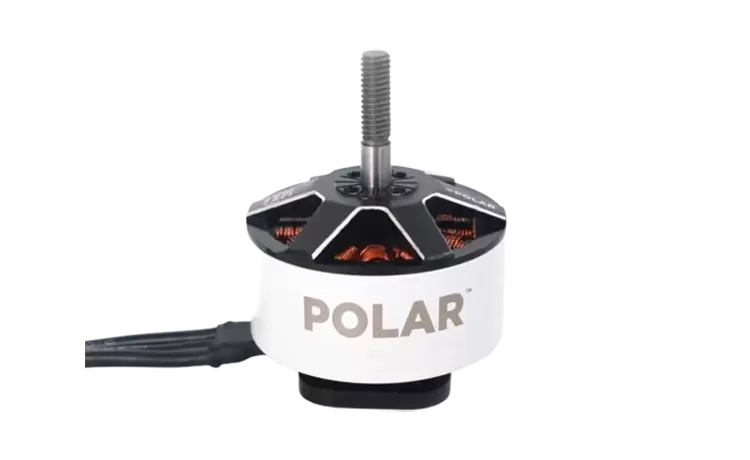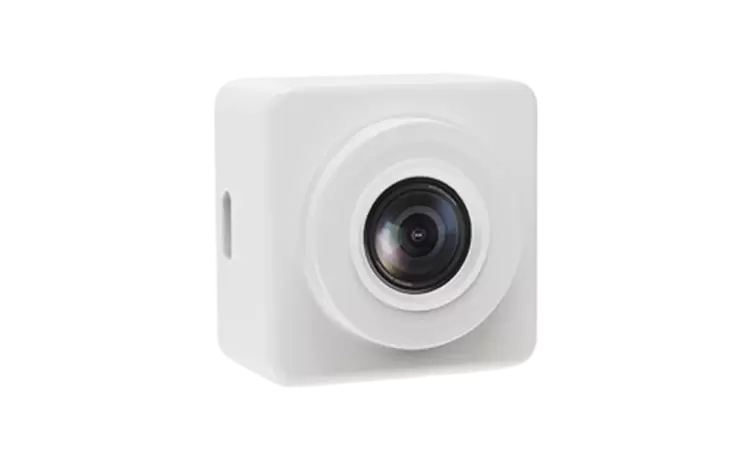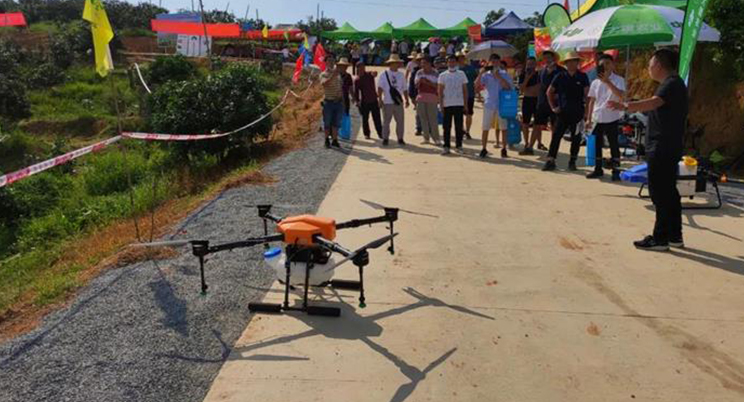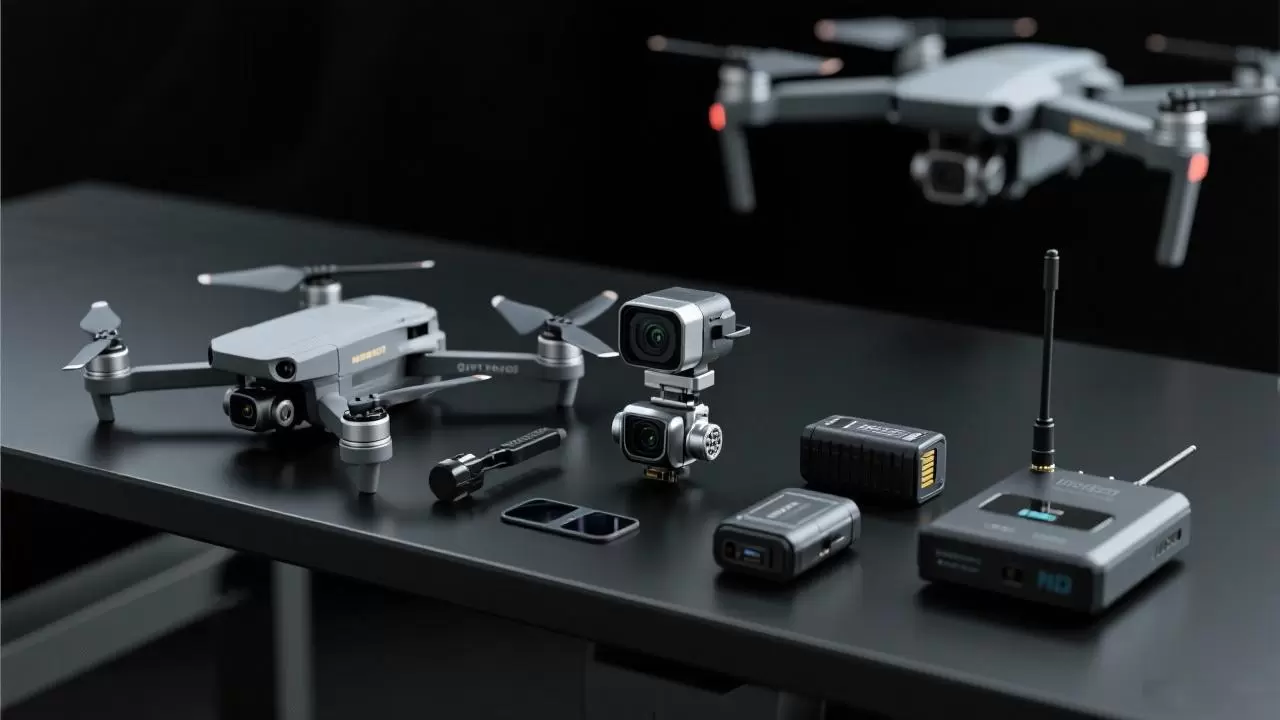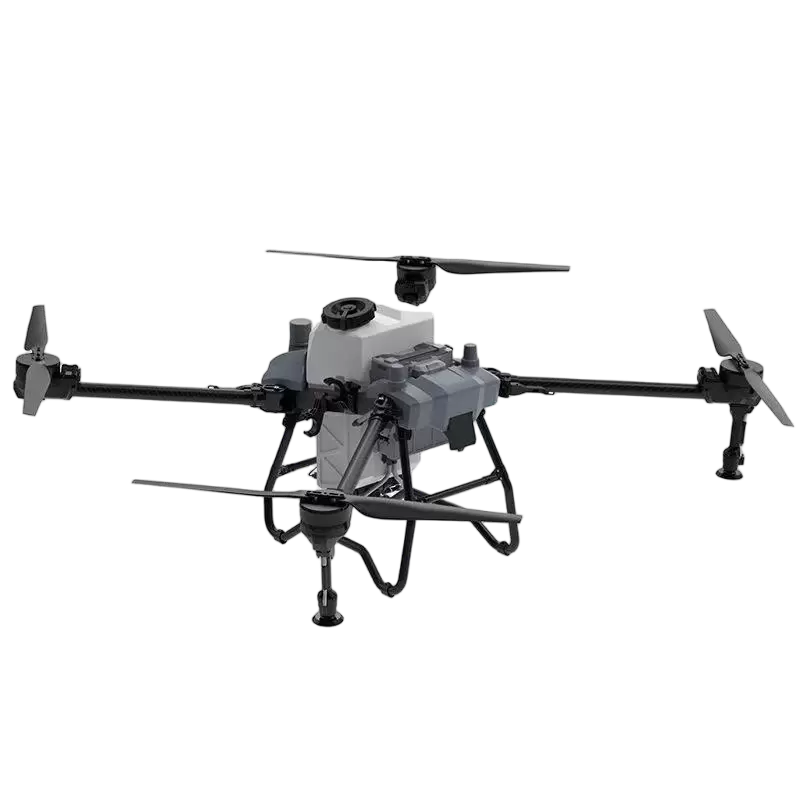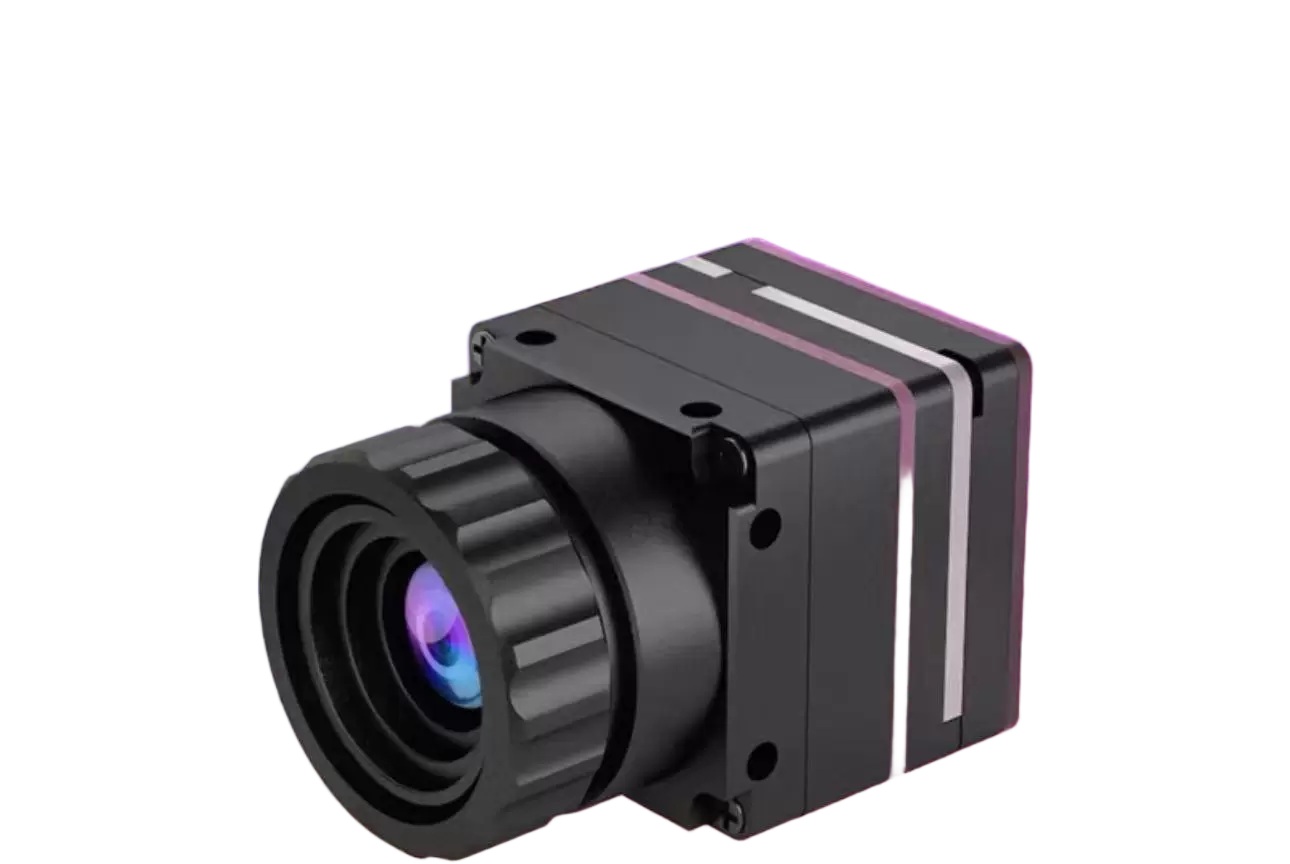In the smoke-filled battlefields of Ukraine, a new breed of drone has emerged as a decisive game-changer—one that laughs off electronic jamming and delivers pinpoint strikes with ruthless precision. These are fiber optic drones, and their unsung hero? The compact yet powerful fiber optic spool that keeps them connected, unshakable, and lethal even in the most intense electronic warfare environments. As global militaries scramble to adopt the technology, this dynamic duo is redefining modern combat and unlocking new possibilities beyond the battlefield.
Battle-Tested and Unstoppable: How Fiber Optic Tech Beats Electronic Jamming
The rise of fiber optic drones is a direct response to a critical flaw in traditional radio-controlled UAVs. In Ukraine, 75% to 90% of such drones fail missions due to electronic interference, leaving armies blind and powerless on the frontlines. Fiber optic drones eliminate this vulnerability by ditching radio waves for a physical connection: a thin, lightweight fiber optic cable fed from a precision spool mounted on the drone itself.
This cable acts as a secure, high-speed pipeline for both control commands and high-definition video. Unlike radio signals, which can be jammed or hijacked, fiber optic transmissions are virtually immune to electronic warfare tactics, ensuring unbroken communication between the operator and the drone. “These drones don’t just fly—they penetrate defenses that would cripple conventional UAVs,” says a military technology analyst. “The fiber spool is the backbone: it must release and retract cable smoothly at high speeds, without tangling or damaging the fiber, even during sharp turns or rapid ascents.”
Russian forces have already proven the technology’s devastating effectiveness. In January 2025, their fiber optic drones bypassed Ukrainian electronic countermeasures to destroy three tanks in Kursk, and later maintained 24/7 surveillance during a blitzkrieg that cut off enemy supply lines. Models like the “Sturn” (Starling) drone, equipped with a bottom-mounted spool to avoid cable-propeller collisions, carry 3.5kg payloads and reach speeds of 150km/h, while the “Vandal” variant deploys 18-20km of fiber for deep behind-enemy-lines missions.
The Fiber Spool: Small Component, Big Performance
Behind every successful fiber optic drone lies a meticulously engineered spool. Far more than a simple cable storage device, modern fiber optic spools integrate tension control mechanisms, durable composite casings, and adaptive speed regulators to handle the rigors of combat. Jingwei Tech’s latest V4 spool, for example, supports up to 19km of cable, features plug-and-play installation, and works seamlessly with 7-13 inch drones—making it a favorite for military and tactical operations worldwide.
Key design priorities for these spools include protecting the delicate fiber from stretching or abrasion, ensuring smooth deployment at varying flight speeds, and enabling automatic retraction for safe drone recovery. Some advanced spools even support power transmission via fiber, eliminating reliance on limited onboard batteries and extending mission ranges significantly. “The spool is what turns a standard drone into a tactical asset,” explains an aerospace engineer. “It’s the difference between losing control mid-mission and hitting a target with millimetric accuracy.”
Beyond the Battlefield: Civilian Applications on the Horizon
While military use has dominated headlines, fiber optic drones and spools are poised to transform civilian sectors too. In industrial inspection, they can navigate high-electromagnetic-interference environments near power lines or oil refineries, transmitting HD footage of infrastructure flaws without signal dropouts. For disaster response, they offer reliable communication in areas where radio towers are destroyed, guiding rescue teams through smoke or debris.
Mining and construction sites also stand to benefit—fiber-connected drones can monitor operations in remote locations, with spools ensuring stable data transmission even in deep valleys or underground facilities. “The same anti-jamming and high-speed data features that win wars can save lives and cut costs in civilian work,” notes a tech industry forecaster. “We’re just beginning to scratch the surface of what this technology can do.”
The Next Frontier: Innovation Driving Wider Adoption
As demand surges, manufacturers are racing to refine the technology. Future fiber optic spools will be lighter, more compact, and capable of handling longer cables—potentially extending drone ranges beyond 20km. Advances in AI integration will let drones autonomously adjust spool tension based on flight conditions, while cheaper production methods could make the technology accessible to smaller businesses and emergency services.
Critics point to challenges like cable vulnerability to physical damage and limited maneuverability compared to untethered drones. But with militaries investing billions in research and development, these hurdles are rapidly being overcome. “Fiber optic drones aren’t a passing trend—they’re the future of reliable, secure UAV operations,” says a defense industry expert. “And as the spool technology evolves, their impact will only grow.”
From the battlefields of Ukraine to industrial sites and disaster zones, fiber optic drones and their precision spools are proving that sometimes, a physical connection is the most cutting-edge solution. In a world increasingly cluttered with electronic interference, this dynamic duo is redefining what drones can achieve—one unbroken signal at a time.
Would you like me to create a visual infographic outline highlighting the key specs of leading fiber optic drones and spools, to pair with this news report?






